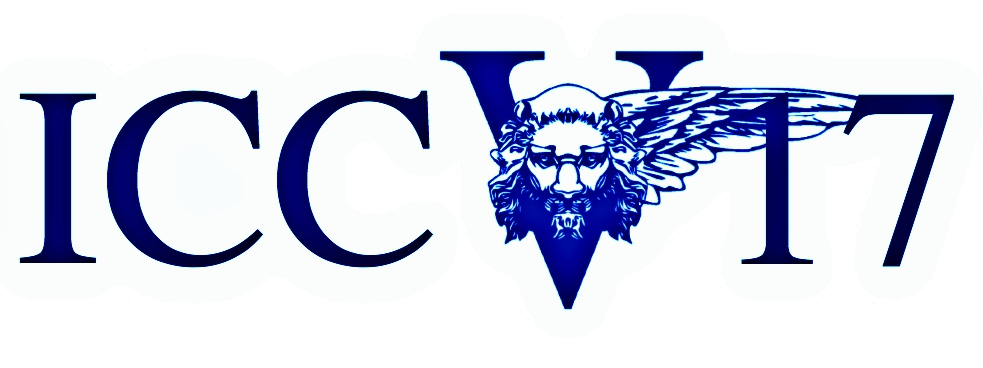-
Rolling Shutter Correction in Manhattan World
AbstractA vast majority of consumer cameras operate the rolling shutter mechanism, which often produces distorted images due to inter-row delay while capturing an image. Recent methods for monocular rolling shutter compensation utilize blur kernel, straightness of line segments, as well as angle and length preservation. However, they do not incorporate scene geometry explicitly for rolling shutter correction, therefore, information about the 3D scene geometry is often distorted by the correction process. In this paper we propose a novel method which leverages geometric properties of the scene---in particular vanishing directions---to estimate the camera motion during rolling shutter exposure from a single distorted image. The proposed method jointly estimates the orthogonal vanishing directions and the rolling shutter camera motion. We performed extensive experiments on synthetic and real datasets which demonstrate the benefits of our approach both in terms of qualitative and quantitative results (in terms of a geometric structure fitting) as well as with respect to computation time.
Related Material
[pdf] [supp][bibtex]@InProceedings{Purkait_2017_ICCV,
author = {Purkait, Pulak and Zach, Christopher and Leonardis, Ales},
title = {Rolling Shutter Correction in Manhattan World},
booktitle = {Proceedings of the IEEE International Conference on Computer Vision (ICCV)},
month = {Oct},
year = {2017}
}
These ICCV 2017 papers are the Open Access versions, provided by the Computer Vision Foundation.
Except for the watermark, they are identical to the accepted versions; the final published version of the proceedings is available on IEEE Xplore.
Except for the watermark, they are identical to the accepted versions; the final published version of the proceedings is available on IEEE Xplore.
This material is presented to ensure timely dissemination of scholarly and technical work.
Copyright and all rights therein are retained by authors or by other copyright holders.
All persons copying this information are expected to adhere to the terms and constraints invoked by each author's copyright.

